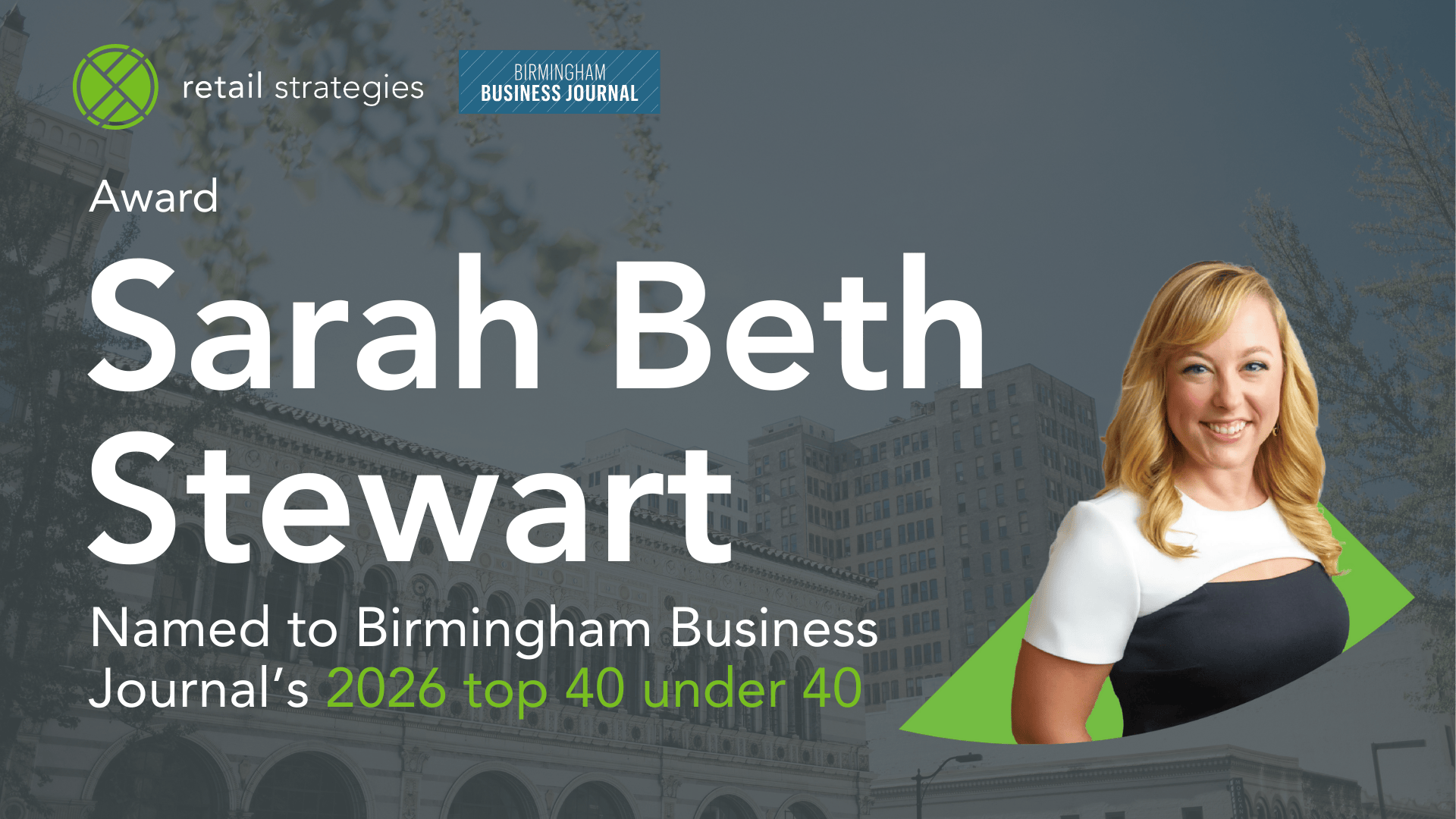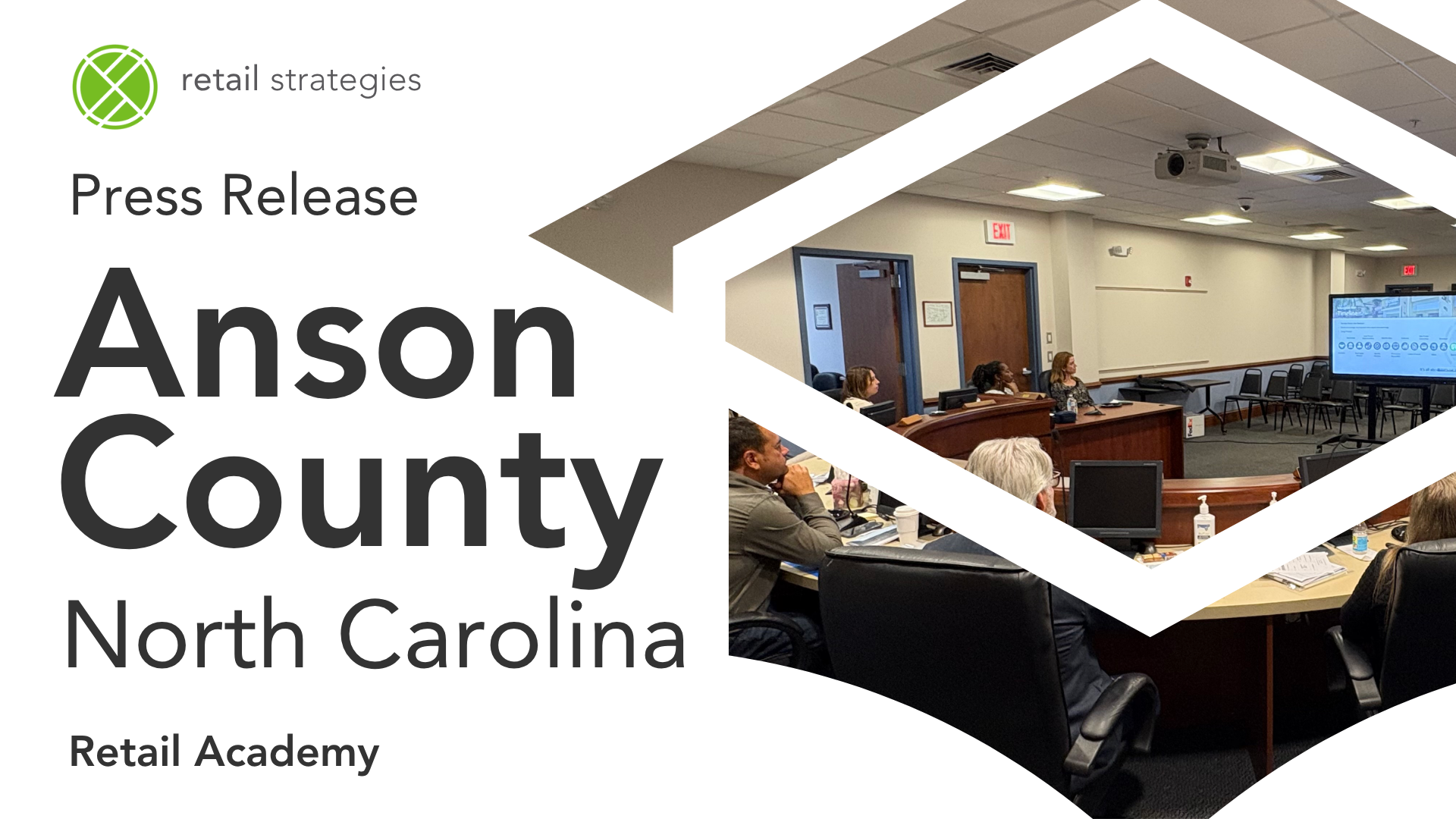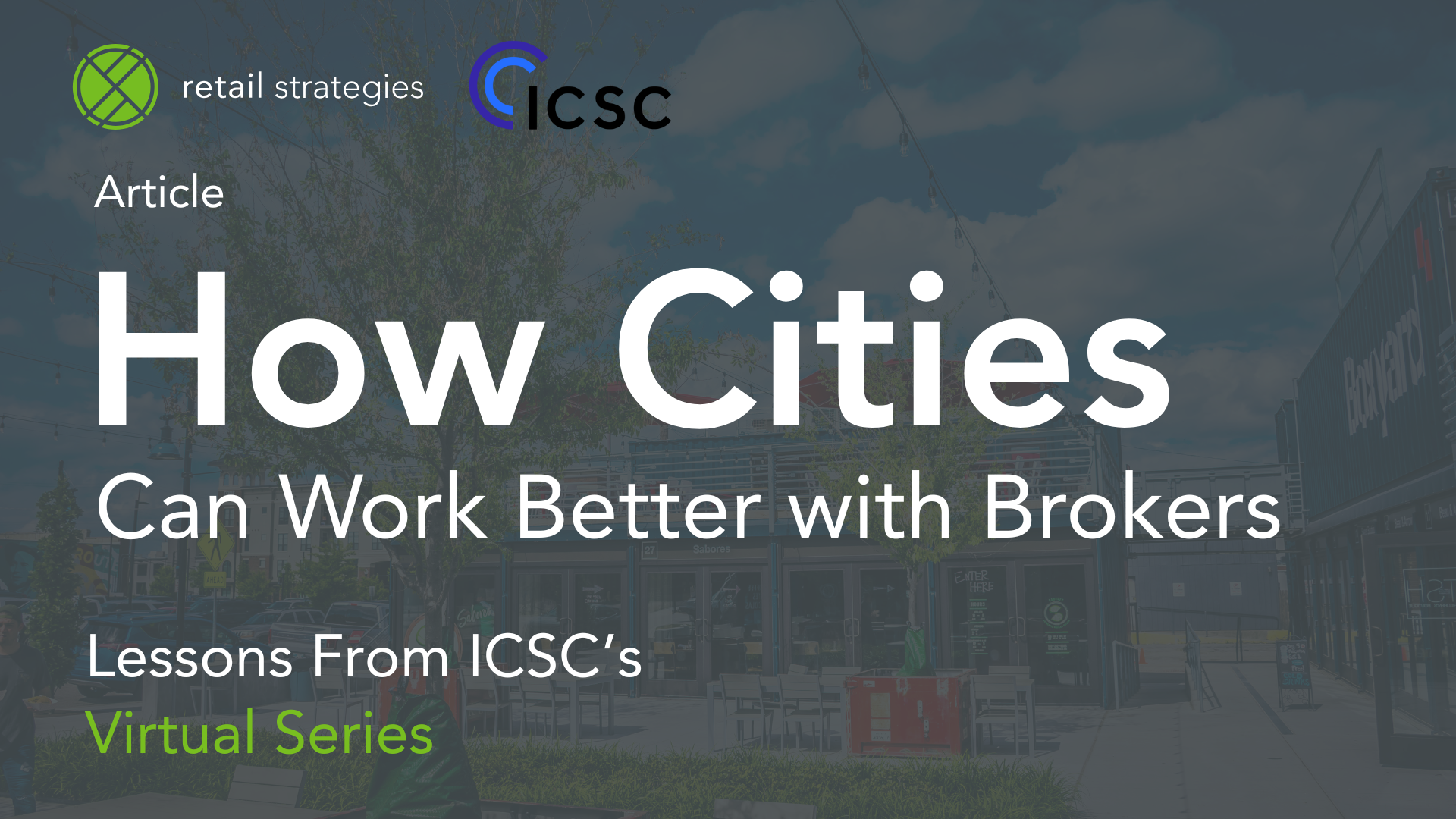
Connecting Two Lanes of Economic Development
In economic development, industrial recruitment and retail recruitment have traditionally traveled on parallel tracks. One process focused on jobs and logistics, the other on consumer spending and placemaking.
However, today’s growth-minded communities are discovering that the two are inextricably linked. Industrial projects create paychecks; retail businesses capture that spending and improve the quality of life.
That synergy was the focus of Retail Strategies’ recent webinar, “The Industrial-Retail Connection: Synergistic Strategies for Business Recruitment,” presented by Adam Solomon of Research FDI and moderated by Lacy Beasley, President of Retail Strategies. The discussion revealed how aligning industrial and retail recruitment can accelerate job creation, attract private investment, and strengthen local economies.
“Industrial growth creates paychecks and paychecks create retail demand,” said Beasley. “Communities that plan for both win twice.”
Key Insight #1: Industrial Projects Create the Foundation for Retail Expansion
Industrial facilities, such as distribution centers, logistics hubs, and advanced manufacturing plants, play a crucial role in anchoring long-term economic stability. They generate workforce traffic, infrastructure investment, and disposable income that directly support nearby retail.
Panelists noted that a 500-employee industrial facility can add USD 10–12 million in annual disposable income within its trade area. That translates to higher demand for grocery stores, restaurants, convenience retailers, and local services within a five-mile radius.
“Every new industrial job is a future customer for your retailers,” one panelist shared. “Retail follows rooftops, but it also follows payroll.”
Communities that integrate industrial site selection with retail attraction strategies position themselves to capture this economic ripple effect faster.
Key Insight #2: Shared Data Creates Shared Wins
Modern economic development requires data collaboration.
Industrial teams track workforce availability, transportation access, and wage scales. Retail recruiters focus on trade area analysis, psychographics, and leakage and surplus reports.
When combined, these datasets create a 360-degree view of market potential.
“If your community is tracking job creation but not spending potential, you’re missing half the story,” Beasley explained. “Shared data helps you make smarter land-use decisions and position sites for balanced growth.”
Communities can use workforce and income data to forecast retail demand before industrial construction is complete, ensuring amenities like grocery, dining, and convenience retail arrive as the workforce does.
Key Insight #3: Cross-Department Collaboration Is the Competitive Edge
Breaking down silos between industrial development authorities, downtown organizations, and retail recruiters was another recurring theme.
“We used to call the retail team after the ribbon cutting,” one economic developer recalled. “Now, we’re bringing them in at the RFP stage.”
By aligning project timing, infrastructure needs, and housing strategies, communities create a coordinated development pipeline.
The outcome: faster absorption of new space, improved tax revenues, and a stronger sense of place for both residents and workers.
Collaboration doesn’t just improve communication—it speeds up deals.
Key Insight #4: Retail Is the Quality-of-Life Signal
Retail isn’t just about sales tax revenue; it’s a visual cue of livability for potential employers and employees.
“When a site selector visits your community, they look at more than the site,” Beasley said. “They notice whether there’s a coffee shop nearby, a grocery store, or a place to eat after a shift. Retail amenities make your industrial pitch stronger.”
Communities that curate retail near industrial parks, particularly in areas such as food, fuel, and services, experience better worker retention and a stronger perception among site selectors. Retail becomes part of the workforce attraction toolkit.
Audience Q&A: Practical Strategies for Local Leaders
Q: How can smaller towns benefit from industrial-retail synergy without extensive infrastructure?
A: “Start by mapping your assets,” a panelist advised. “Even a light industrial park can generate demand for small-format retail or local service businesses. Build relationships early.”
Q: What role do brokers and developers play in connecting the dots?
A: “They’re the translators,” Beasley explained. “They help both sides understand timing, site needs, and what tenants will actually work. The more everyone communicates, the faster deals move.”
Q: How can communities avoid oversaturating retail near industrial areas?
A: “Use your data,” an expert said. “Leakage reports, psychographics, and spending models will show what’s sustainable. Let the numbers guide you.”
Next Steps for Your Community
Missed the live webinar? Watch it on demand.
Explore these resources to continue your learning:
- 📄 Retail Recruitment Checklist — A step-by-step guide for cities preparing for retail growth.
- 🤖 Using AI for Your Community — Learn how small towns can apply AI tools to marketing and recruitment.
- 🏫 Retail Academy — Training and support for city leaders looking to strengthen retail recruitment programs.









